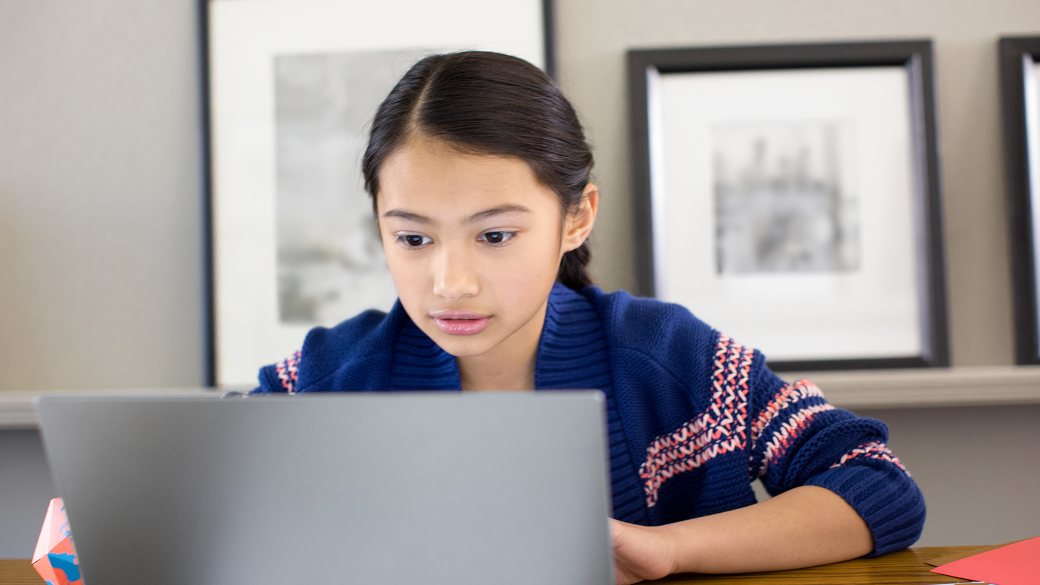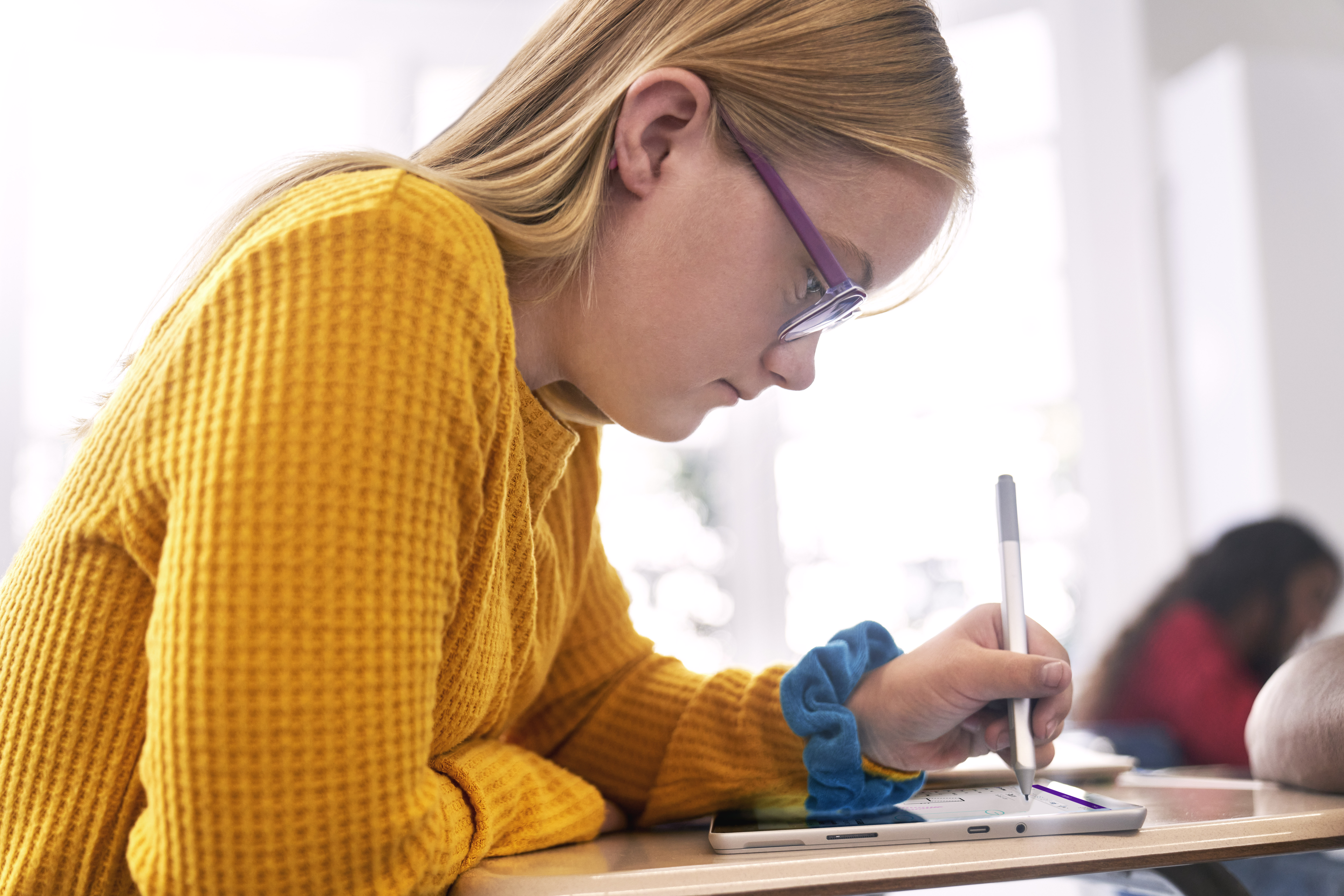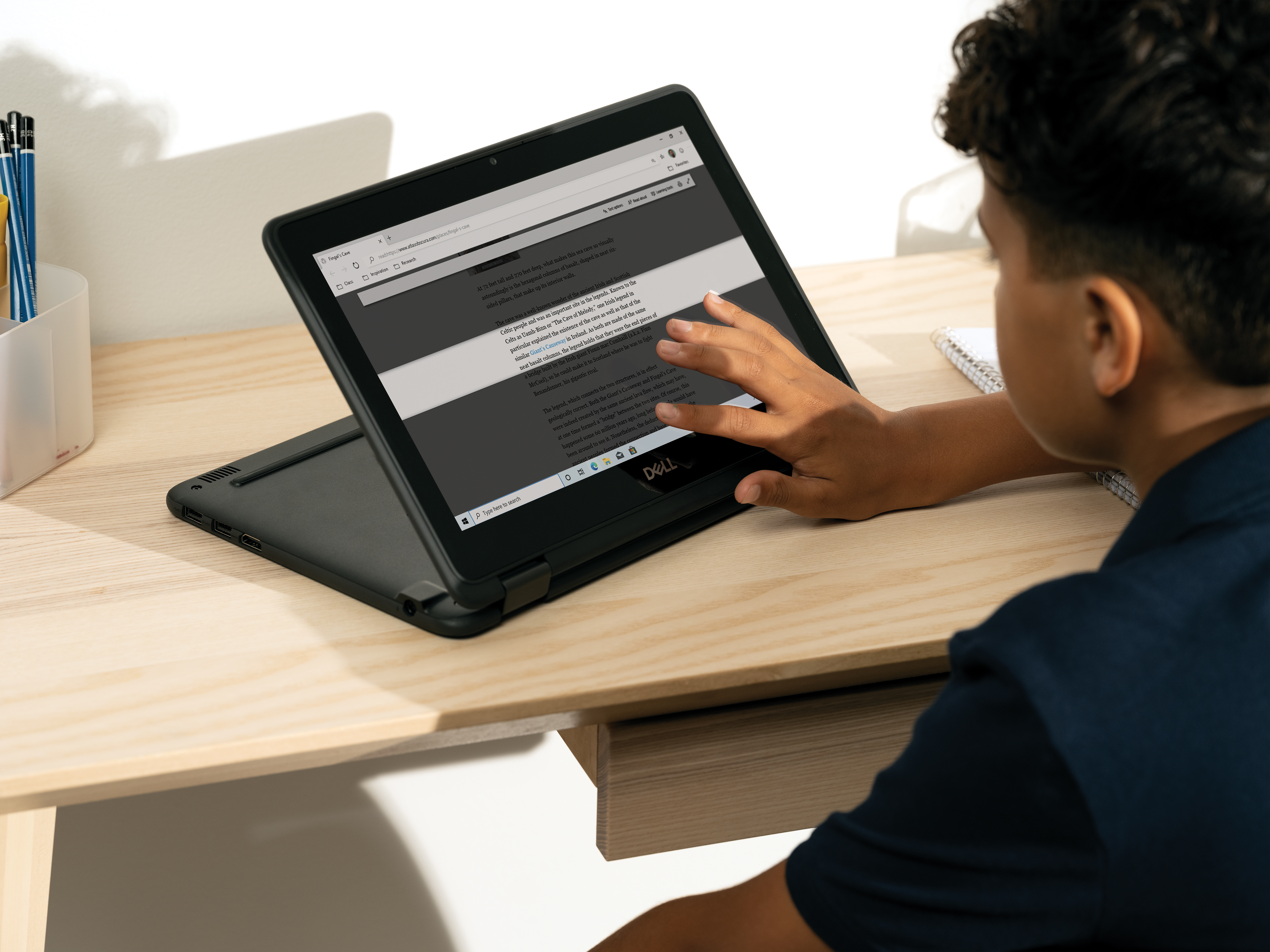Teaching over the past year—whether remote, hybrid, or in-person—has introduced many challenges and opportunities for educators. One of those opportunities is finding new ways to create inclusive classrooms where students of all learning abilities have access to learn from anywhere—helping to build student confidence and independence. With many K-12 students still learning in remote and hybrid environments, meeting the needs of students and helping them build life skills has never been more important.
To create an inclusive learning experience, no matter the environment, educators need tools to help them quickly assess individual student needs. Tools that give teachers insights to encourage student voice, choice, and agency are critical, as are options for teachers to monitor and intervene as student needs and capabilities change.
Below are partner solutions that help educators save time and improve accessibility and inclusivity in their classrooms by engaging students to drive improved learning outcomes.
 | The 3DBear app lets students create photos and videos using augmented reality (AR) to explore and explain what they are learning. This visualization tool works across the curriculum from pre-K through university. With 3DBear, students learn social and emotional skills like self-awareness, self-management, social awareness, relationship skills, and responsible decision making.
|
 | Build collective energy for your students’ redesigned school day, a portion of which is often still screen based. Breakthrus are two-minute immersive microbreaks powered by our bodies in motion, available on Microsoft Teams. They’re tunable to what classrooms need in the moment as kids head back to school. Visually led and choreographed by movement practitioners, Breakthru is free and accessible to users and students of all ages worldwide.
|
 | Buncee is an easy-to-use content creation tool that empowers students, teachers, and administrators to be content creators. With a wide variety of media options like text, video, audio, images, and more, Buncee lets educators create content to reach learners with diverse learning needs and preferences, while students can feel empowered to demonstrate their learning in their own way.
|
 | Kami is a digital classroom tool that helps teachers create flexible and collaborative learning environments. Whether the learning is remote, in class, or even a little bit of both, Kami's wide range of tools enable students to interact with teachers, resources, and each other in their preferred medium—text, freehand, audio, voice-typing, or video, making learning much more accessible for all. Kami also allows real-time engagements between students and teachers which provides a truly interactive experience. |
 | Color-coded modular components of the Windows 10 Pro powered by Kano PC are accessible to neurodiverse students, enabling them to build their own device. Kano’s creative software is simple to use with low barriers to entry so learning to code is simple for everyone. The creative possibilities are endless, giving kids access to new domains in technology: art, animations, music, games, apps, and more. |
 | Lexplore provides K-12 educators a full reading assessment in just 3-5 minutes using innovative artificial intelligence (AI) and eye-tracking technology. Able to assess silent reading and its assessment, student populations who are non-verbal or who have attention challenges benefit from Lexplore – helping to ensure no students fall through the cracks.
|
 | School Day wants every student to have a voice and to be equally heard. There is no one-size-fits-all teaching plan, but with School Day in Microsoft Teams, educators can more effectively identify students’ needs and make evidence-based decisions by simply gauging student responses to statements like “I can get help from my classmates” to get their answers for analysis on the platform. School Day ensures that all students have a voice, including those who are not typically heard, and is an ideal, user-friendly solution for remote, hybrid, and traditional learning settings. When students feel good, they learn better. |
 | Students with dyslexia can have a hard time processing written and oral language. Using Squigl in the classroom can help support these challenges by creating animated videos using simple images that are easy to consume and retain, and helps to pace out learning content into microlearning chunks. |
 | Introduce Vivi to your classroom or campus to help improve accessibility for students and staff with wireless screen mirroring, closed captioning, digital signage, emergency broadcasts, a student feedback tool, and more—all designed for every kind of learner. Vivi is compatible with Microsoft OneDrive, OneNote, and Azure, simplifying collaboration and accessibility from anywhere.
|
 | Wakelet unlocks the power of curation, organization, and collaboration. Empower your students to showcase their learning, ideas, and creativity in a secure digital environment. Through Wakelet’s integration with Immersive Reader, every student can access text and learning materials, so educators can rest assured that everyone in the class is included.
|
 | Whiteboard.chat strives to make educational resources available to all learners, regardless of where they are, and who they are. This online interactive digital notebook tool brings together educators and learners from across the globe. |
With inclusive classrooms, and accessible tools and technology, every student has the ability to participate and grow with confidence and independence. Learn more about accessibility and inclusivity offerings from Microsoft Education partners, explore our special education and accessibility resources, and review the Accessibility Guide for Educators.















